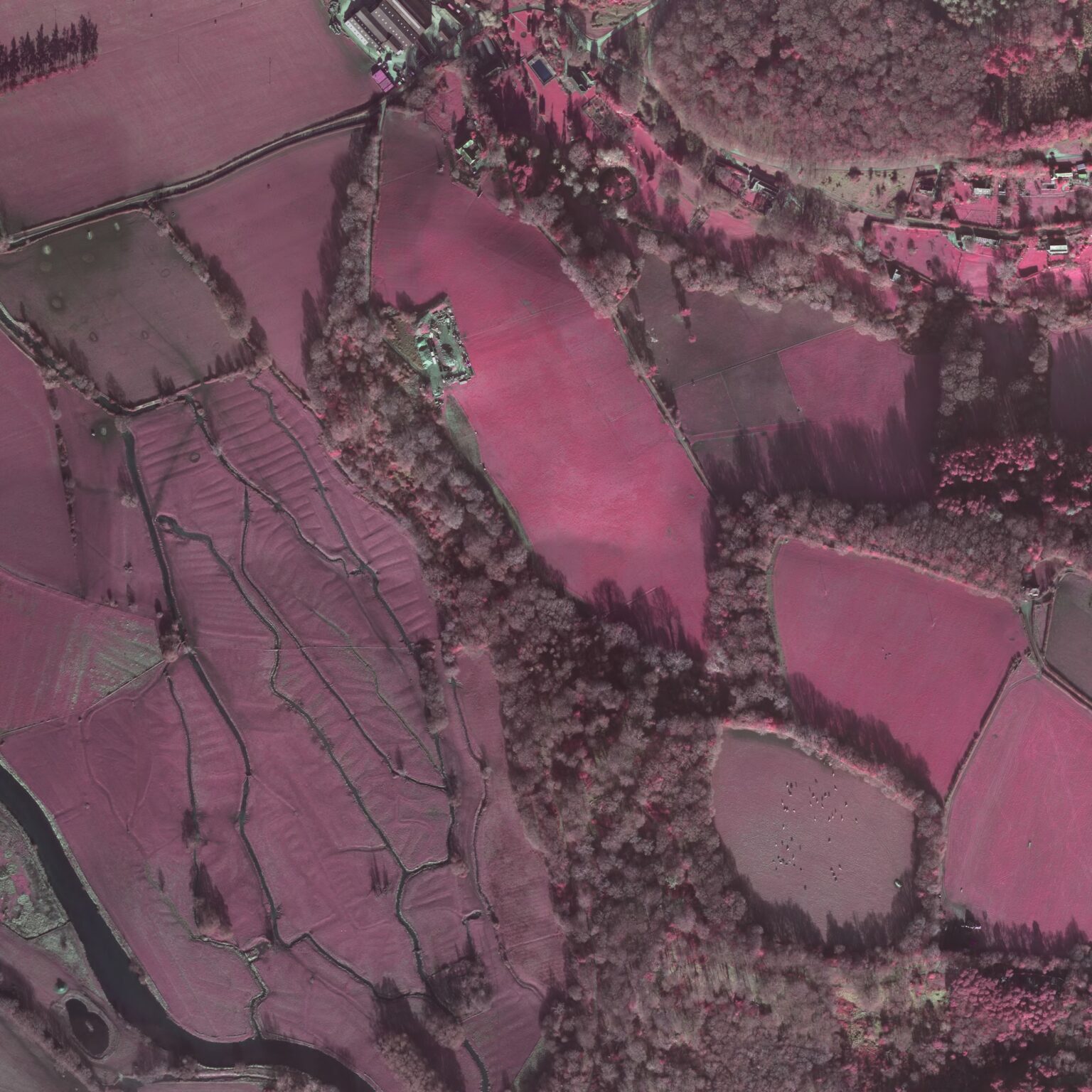CAD data formats
As highlighted at a recent DPC event[1], there remains no standard open format for exchanging CAD data between different software packages and the best advice on the subject comes from Lyman and Besser (Lyman and Besser, 1998) who suggest that CAD users should ‘save in the most common file formats, [as] the more files that exist in a given format, the more likely that file converters or emulators will be written for that format (because of economies of scale).’
At present the most commonly used CAD software is AutoCAD, made by AutoDesk and consequently it is recommended that CAD files are saved in both .dwg and .dxf formats. These formats are, however, not without their problems.
The most widely used CAD file format is .dwg, which is the proprietary format used by AutoCAD. Due to AutoCAD’s market prominence, the use of the .dwg format has become dominant and other software manufacturers have implemented Autodesk software to permit their users to read and/or write .dwg files. Unfortunately this is not always effective, as incompatibilities between programs can create problems with data transfer. There are even problems of incompatibility between slightly different, although equally current, packages from the same software house. For example, AutoCAD MAP, made by Autodesk, supports additional data elements which will not be recognised by the basic AutoCAD package.
Drawing exchange format (.dxf) is another proprietary standard developed by Autodesk as an output format to allow users to exchange AutoCAD data and to transfer files into other drawing programs. The .dxf format is very widely used but it is not controlled by a standards body and Autodesk can alter the format at will. There are also incompatibility problems with .dxf and in particular the problem that software packages which do not support particular versions of .dxf may still import the data but incompletely. Thus users may be unaware of the fact that data have been lost in the migration.
Another CAD file format which may be used for dissemination is Drawing Web format (.dwf). The .dwf is a highly compressed file that is created from a .dwg file and is used purely for publication on the Web. It is not recommended that CAD files are either stored or archived as .dwf.
Given the problems of incompatibilities between different file formats, and even incompatibilities between the same file format from the same manufacturer, it is recommended that CAD files are saved in the latest possible version of .dwg and .dxf, and that this is fully documented. CAD files will consequently require active digital curation and will need to be continually migrated to new versions of .dwf/.dwg as they are brought into use. After every migration it is necessary to check the files to ensure that there has been no loss of information during the migration process. Given their somewhat problematic nature, CAD files and documentation should be passed to an appropriate digital archive at the earliest opportunity.
One possible area of development with regard to CAD files is, however, offered by the Open Design Alliance[2] (ODA, formally OpenDWG). The ODA formed originally with the aim of making the .dwg format into a public standard but the Alliance now develops and provides free of charge the Teigha platform which provides read and write capabilities for both .dwg and .dxf formats. The Alliance itself consists of a number of significant commercial members[3] so it is hoped that through the development of Teigha, support for .dxf and .dwg files will become more widespread and stable in third-party applications.
Raster data
Where raster images have been embedded into CAD files then it is recommended that these are also stored separately to the CAD file and are documented and archived in line with the recommendations presented in the Raster Images guide.
Other formats
While AutoCAD formats may continue to be dominant in the foreseeable future, recent developments indicate that other formats and applications may yet still be widely adopted. The emergence of Google Sketchup and the Linux/Unix-based QCAD[4] present possible alternatives to AutoCAD while supporting the DXF format.
[1] ‘Designed to Last: Preserving Computer Aided Design’
[2] http://www.opendesign.com/



